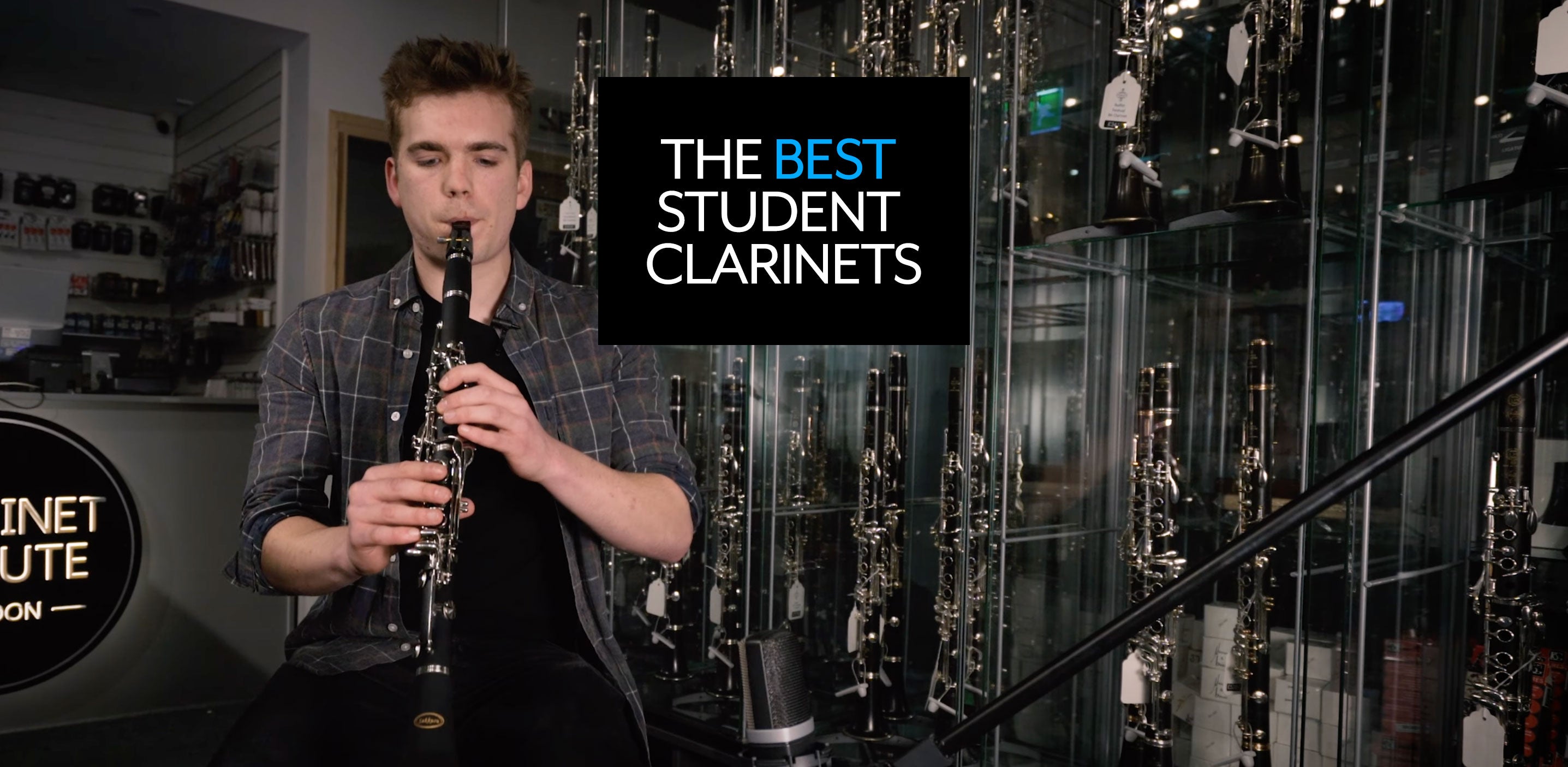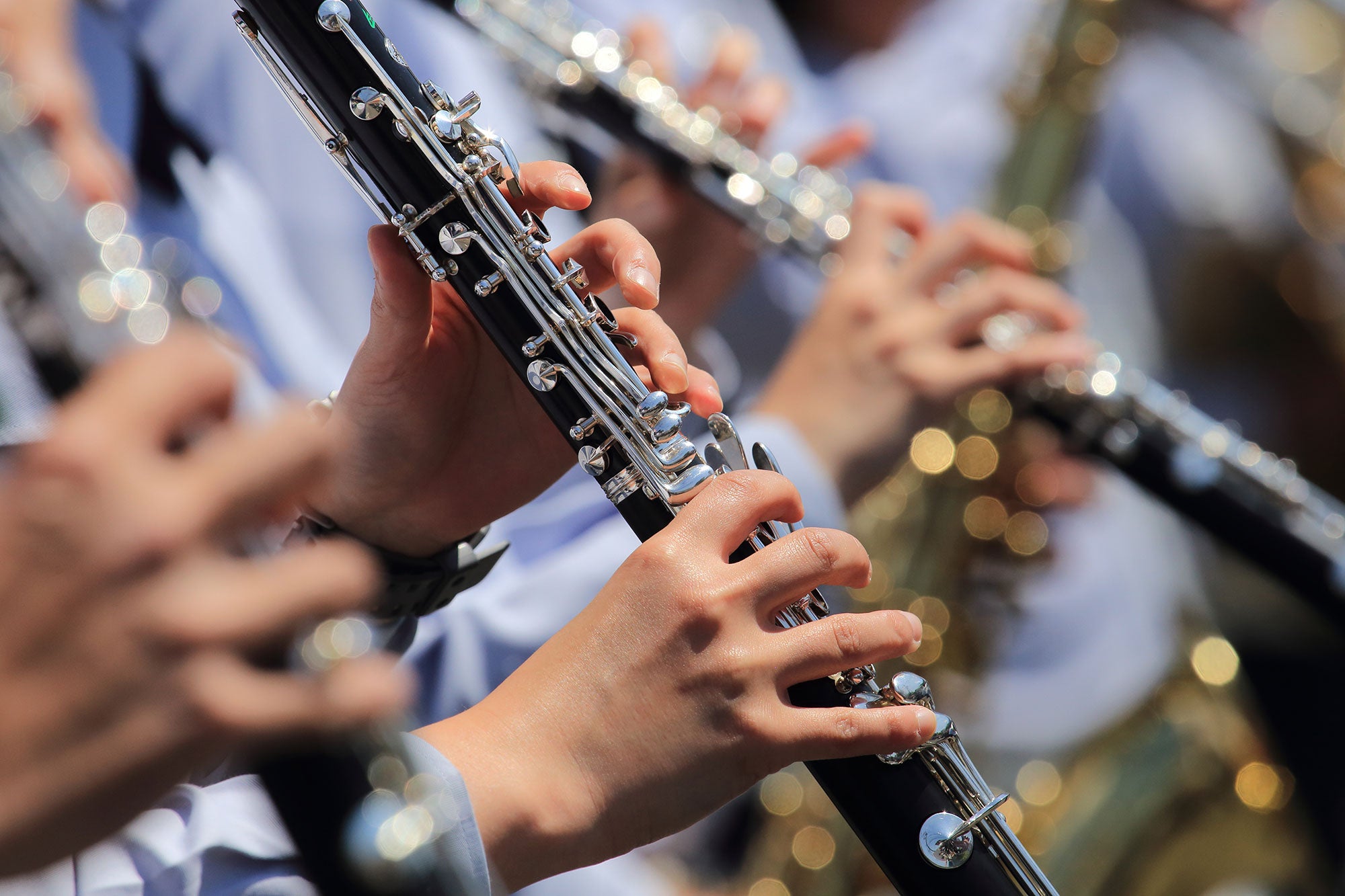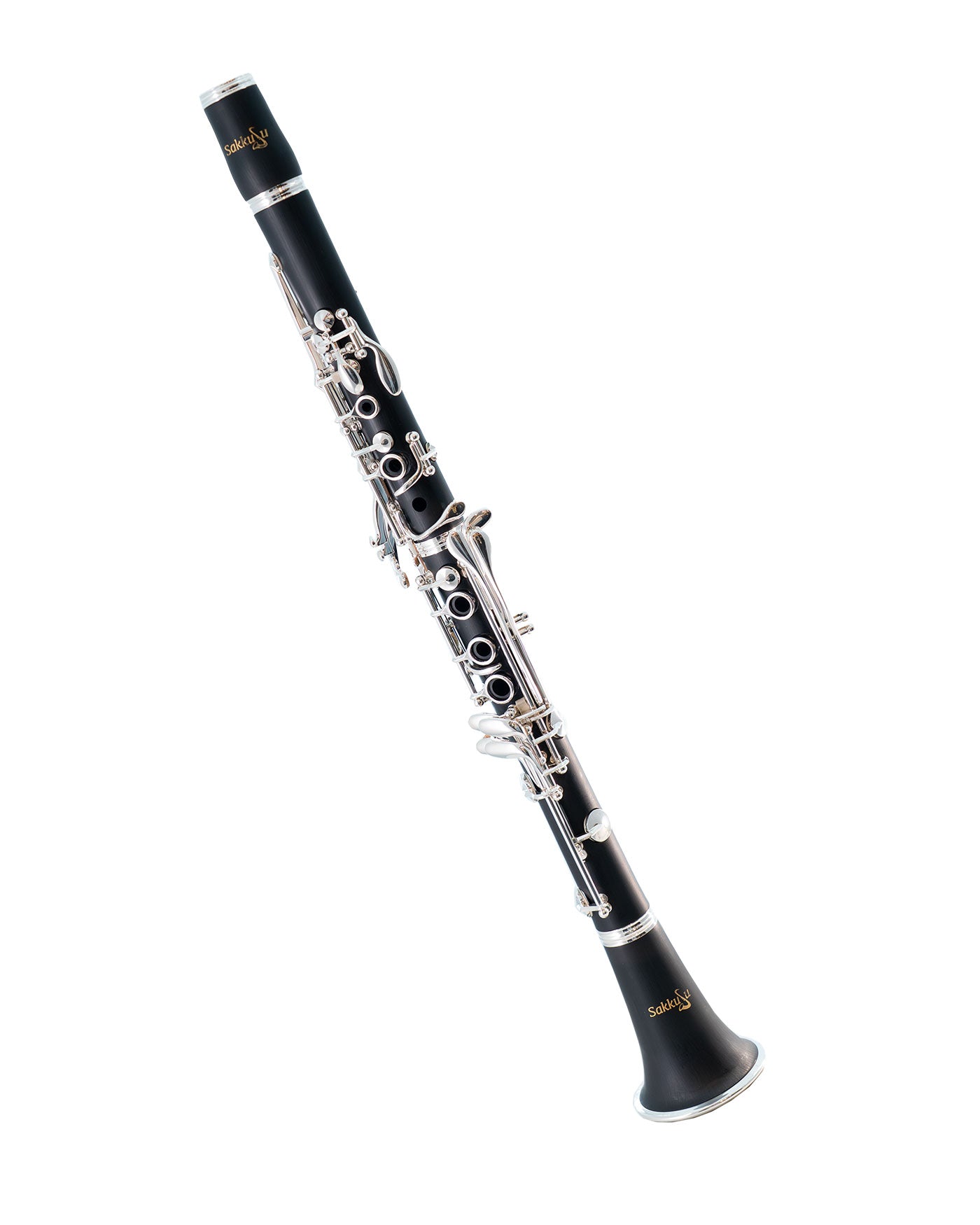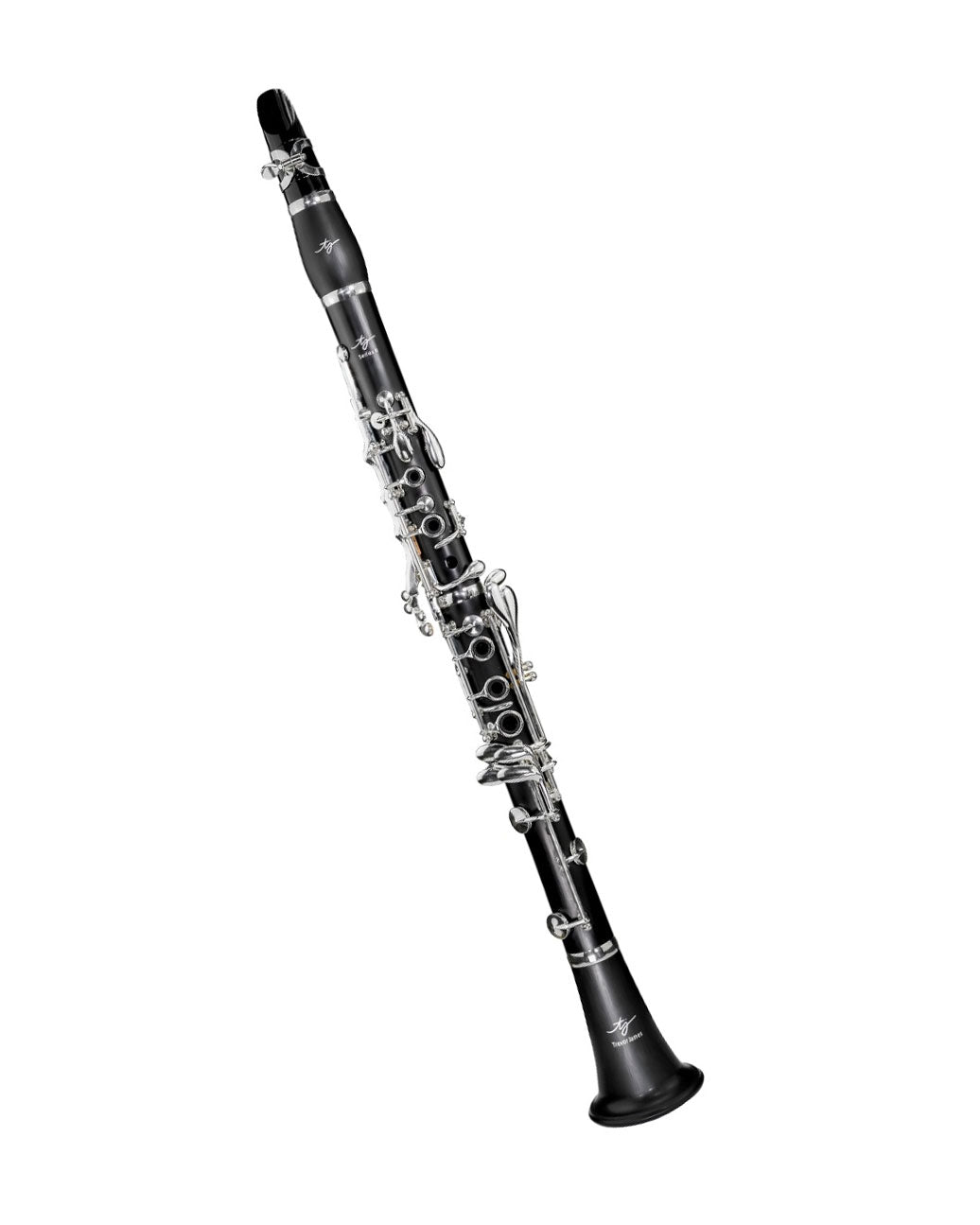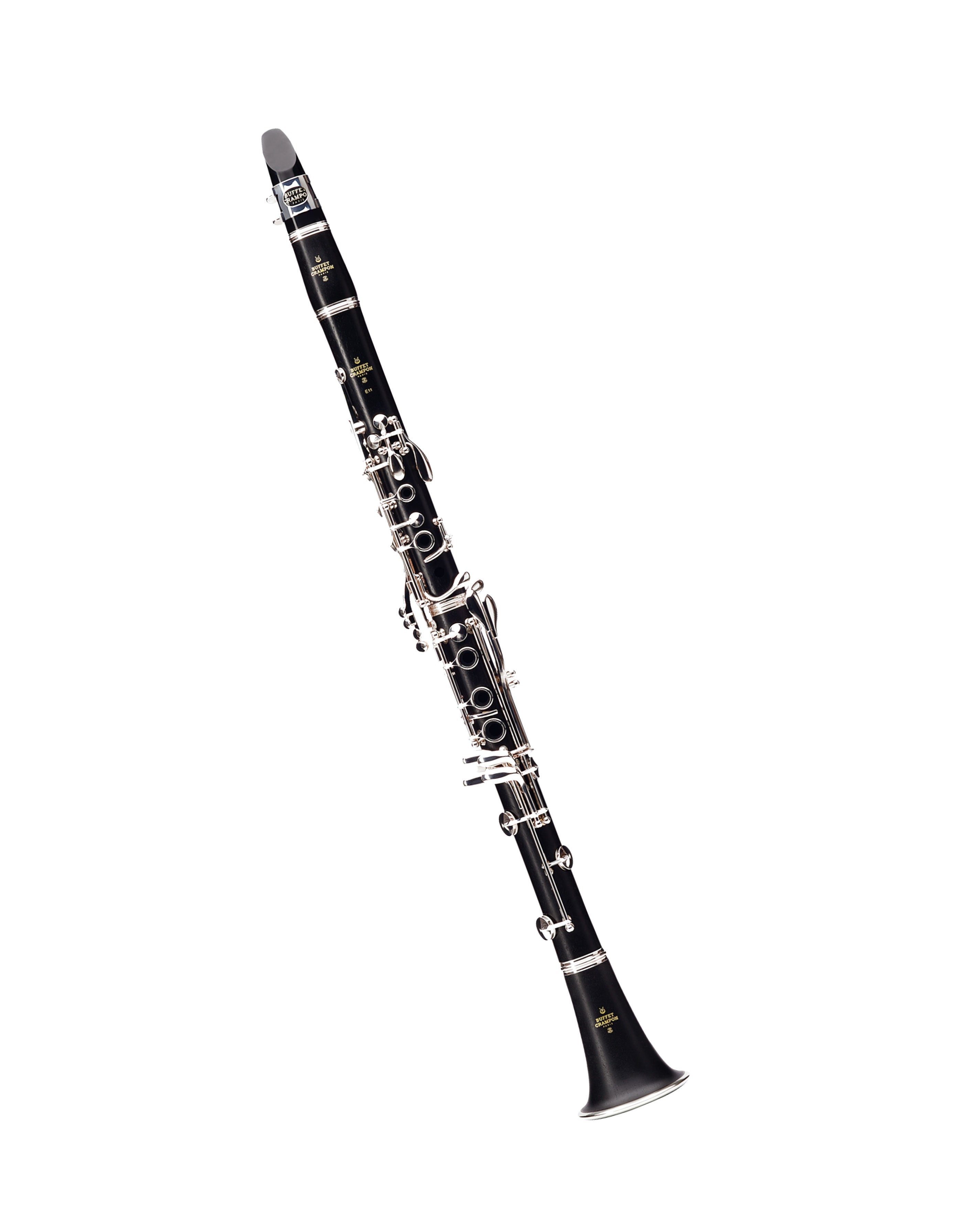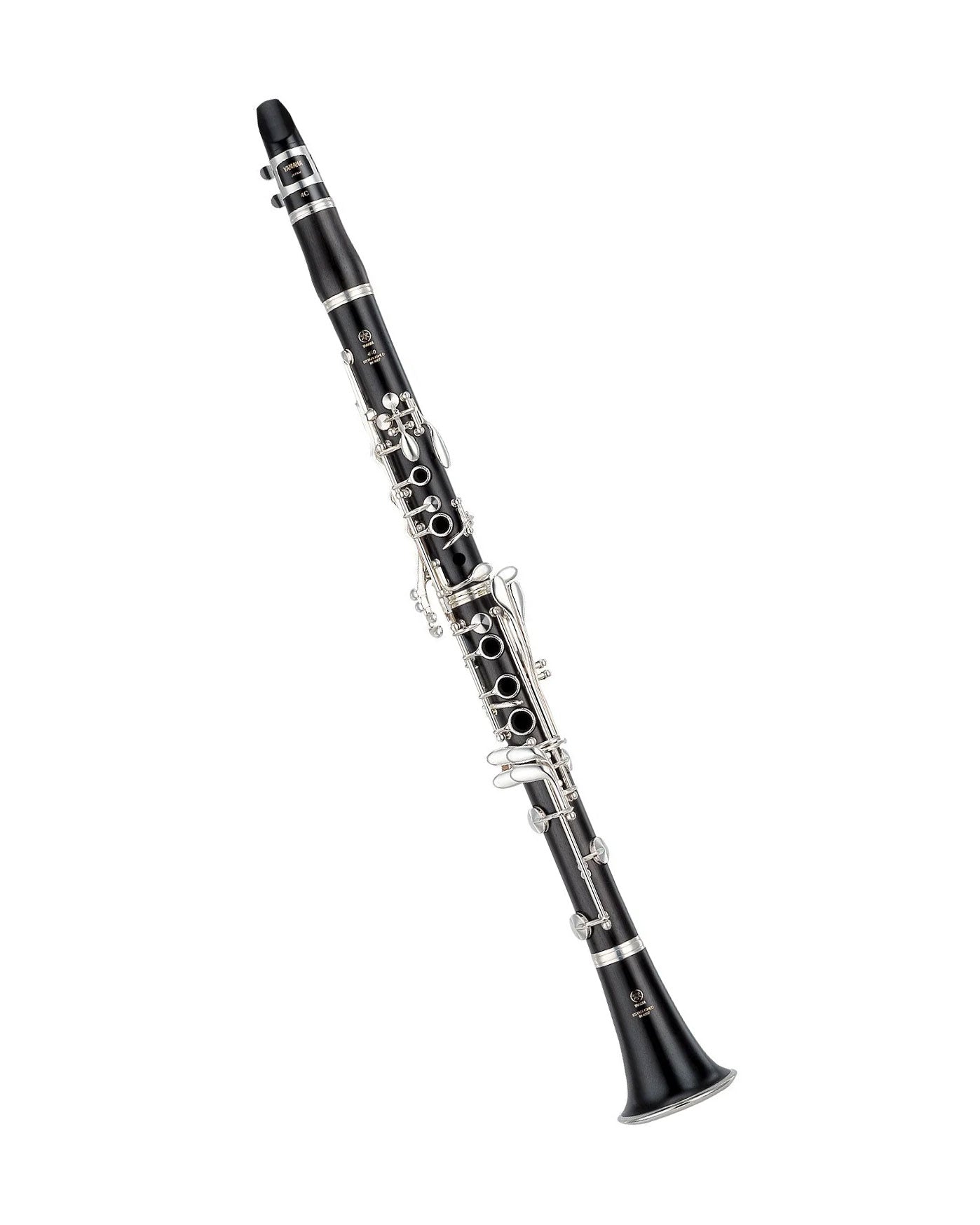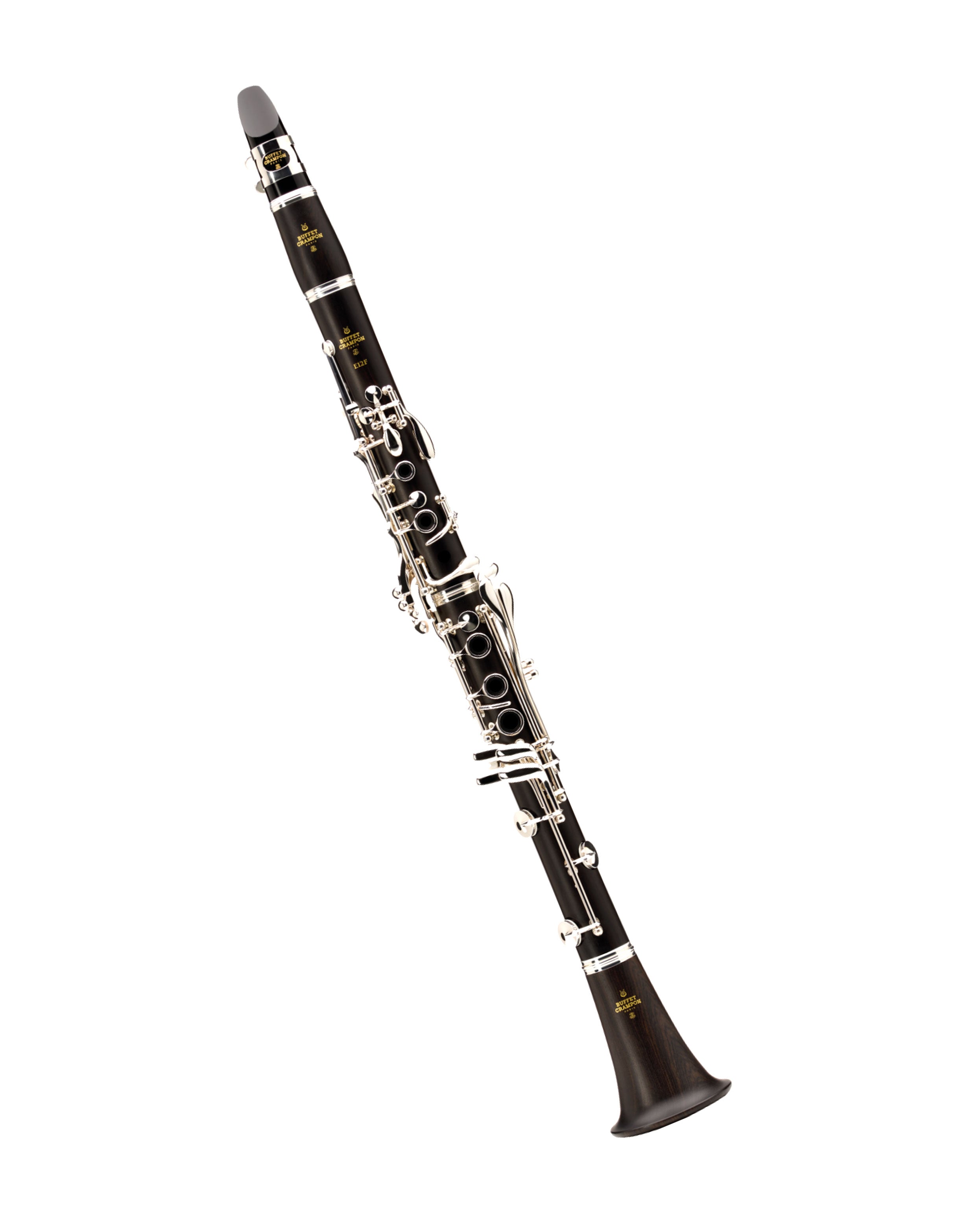Learning a musical instrument is an incredibly rewarding experience, and the clarinet is no exception. Its expressive tone, wide range, and versatility make it a favourite in classical, jazz, and even pop music. But for beginners, choosing your first clarinet can feel overwhelming. This guide will help you understand what to look for, which models are worth considering, and what else you might need to get started.
What Type of Clarinet Should I Start With?
When people refer to “the clarinet,” they’re usually talking about the B♭ soprano clarinet, which is the standard and most suitable option for beginners. Other types (like the bass or E♭ clarinet) come later in a player’s journey.
Plastic vs. Wooden Clarinets – What’s Right for You?
Plastic clarinets (typically made of ABS resin) are strongly recommended for beginners. They’re more durable, require less maintenance, and are much more affordable. They also cope better with temperature and humidity changes, which is ideal for young players or those just starting out.
Wooden clarinets, usually made from Grenadilla wood, offer a richer and warmer tone, but they need regular care to avoid cracking or warping. These are often chosen by advancing players who are more committed to learning and ready to take on the responsibility of maintaining a wooden instrument.
That said, some entry-level wooden models—like the Buffet E11 and Yamaha YCL-450—strike a balance between affordability and professional quality, making them excellent long-term investments even for ambitious beginners.
A round-up of our most popular and reliable plastic clarinets for beginners
Top Beginner Clarinets – Plastic Models
Here’s a round-up of our most popular and reliable plastic clarinets for beginners:
Sakkusu Clarinet
Our own brand designed specifically with beginners in mind. Made from lightweight ABS resin, the Sakkusu is easy to play and comes with everything you need to start: a case, mouthpiece, and cleaning cloth. It’s also very affordable—perfect for beginners on a budget or younger players.
Buffet Prodige
A trusted name among teachers and students. The Prodige includes innovative features like a textured bell and a bore inspired by the more advanced E13 model. This gives it a tone that punches well above its price. It comes with a backpack-style case and a high-quality Urban Play mouthpiece.
Yamaha YCL-255S
Built with Yamaha’s famous reliability and consistency, the 255S is a top-tier plastic model. It’s well-tuned, easy to blow, and includes a Yamaha 4C mouthpiece—one of the most trusted beginner mouthpieces around.
Wooden Clarinets Worth Considering for Beginners
If you’re committed and ready to take care of a wooden clarinet, these models offer excellent tone and playability:
Buffet E11
A teacher favourite, the E11 delivers a beautifully full tone thanks to its Grenadilla wood body and precision bore. It’s easy to play, warm-sounding, and comes with a premium case and accessories. Built in Buffet’s German factory, this is a clarinet that can take a player from beginner to advanced.
Yamaha YCL-450
One of the most popular wooden beginner clarinets. Yamaha’s reputation for consistency shines here—each 450 is carefully constructed, with a clear, focused sound and excellent intonation. Paired with a Yamaha 4C mouthpiece, it’s a reliable choice for those who want to start strong and stick with their first clarinet for years
Browse all
Student Clarinets
Essential Accessories for Beginners
All of the instruments above come with a case, mouthpiece, and ligature—but there are a few other essentials you’ll want to pick up:
- Pull-through cloth: Used to clean the inside of your clarinet after each session. Especially important for wooden instruments to avoid moisture damage.
- Reeds: Start with a few Rico or Vandoren size 1.5 reeds. These are easier to play than harder reeds and ideal for beginners. Reeds do wear out, so having 3–5 on hand is sensible.
- Tuition Book: We recommend Clarinet Basics or Abracadabra Clarinet, both of which are clear, engaging, and widely used by teachers. If your teacher uses a different method book, we can usually order it in for you.
We'd love to meet you!
Trying Before You Buy
If you're able to visit our store, we highly recommend trying a few models—even as a complete beginner. You’ll be surprised how different they can feel and sound. Our staff are always happy to help you test them out and find the best fit.
Should I Buy a Cheap or Second-Hand Clarinet?
Be cautious with ultra-cheap clarinets. While they may seem like a bargain, they’re often poorly made and hard to play. We’ve seen many beginners give up simply because their instrument held them back. In some cases, the repair cost is more than the clarinet itself.
Second-hand instruments can be a good option, but only if you know what you're buying. As a beginner, it’s hard to judge the condition of a used clarinet. If you’ve already bought one, we strongly recommend bringing it in for a quick inspection by our technician. A minor service might make a big difference in playability and enjoyment.
Why Buy from Clarinet and Flute London?
All of our clarinets come with:
- A free professional setup by our in-house technician before you receive it
- A minimum one-year guarantee on all instruments
- Free one-year health check to keep your clarinet in top shape
Final Tips
- Start with a B♭ clarinet - it’s the standard for learning.
- Plastic clarinets are ideal for beginners, but entry-level wooden models can be a great investment.
- Get a quality mouthpiece and good reeds - they matter more than you think.
- Don’t hesitate to ask questions! Email us at info@clarinetandflute.com if you’re unsure.
Choosing your first clarinet is an exciting step. Whether you're learning for fun, school, or serious study, the right start can make all the difference. We’re here to help you on your journey.
